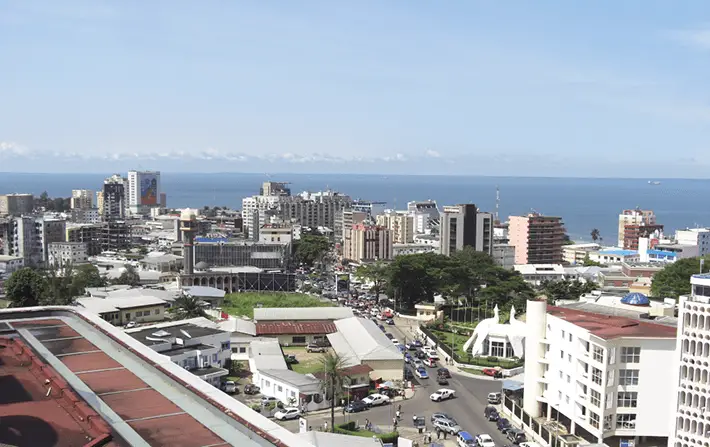Africa’s Top 10: The Richest & Most Developed Nations
Top 10 Most Developed African Countries
Human Development Index (HDI) is a standard way of measuring the well-being of the people of a country. It is a comparative measure of literacy, life expectancy and standard of living. HDI is used to measure the impact of the economic policies on the quality of life of its people.
Here is a brief overview of the top 10 most developed African countries as of 2014.
10. Namibia (HDI Score: 0.608)
Namibia’s many prudent macroeconomic policies have resulted in robust economic growth. Experts project real GDP growth at 4.3 percent in 2014. The nation continues to benefit from the continued expansion of construction activities.
GDP growth at 4.3 percent in 2014. The nation continues to benefit from the continued expansion of construction activities.

9. South Africa (HDI Score: 0.629)
Since the ANC-led government came to power, the United Nations Development Index of South Africa has fallen. The government is struggling to achieve monetary and fiscal discipline in order to ensure economic growth and redistribution of wealth.

8. Botswana (HDI Score: 0.634)
Botswana’s economic progress over the last four decades has transformed the living standards of its people. However, significant pockets of poverty still remain in rural areas.

7. Egypt (HDI Score: 0.662)
Egypt is taking steps to reduce poverty. It is targeting subsidies to the needy segments of the society. It is also working on bolstering its social justice agenda.

6. Gabon (HDI Score: 0.712)
This resource-rich nation is the fifth largest oil producer in sub-Saharan Africa. Gabon’s HDI has improved in the recent years. The government is working towards diversifying the economy, creating jobs, building capacities and introducing social safety nets.

5. Tunisia (HDI Score: 0.712)
Employment in Tunisia showed little improvement. Unemployment rate declined to 15.7 percent in the third quarter of 2013 from 17 percent in the same period in 2012.

4. Algeria (HDI Score: 0.713)
Algerian government offered more than $23 billion in public grants and retroactive salary and benefit increases. This was due to economic protests in February and March 2011. Public spending has increased by 27 percent annually during the past five years.

3. Mauritius (HDI Score: 0.737)
Mauritius has benefited immensely by sound macroeconomic policies and wide-ranging structural reforms since 2006. The nation overtook South Africa in 2013, to become the most competitive economy in sub-Saharan Africa. However, structural bottlenecks in education have to be dealt with.

2. Libya (HDI Score: 0.769)
Libya invested in reforming its scientific research and higher education. Many educational exchange programs with American and European higher education institutions have been concluded successfully. Life expectancy in this country has been steady at around 75 years. The government’s housing projects for the poor have been well received.

1. Seychelles (HDI Score: 0.806)
Seychelles is right at the top of the list. The nation has met most of the Millennium Development Goals. Currently it is looking forward to develop a post 2015 agenda that better integrates issues relevant to Small Island Developing States. The country has very good infrastructure. It has six airports with paved runways and eight airports with unpaved runways. Seychelles is also the richest country in Africa.

via: AfricaRanking.com




